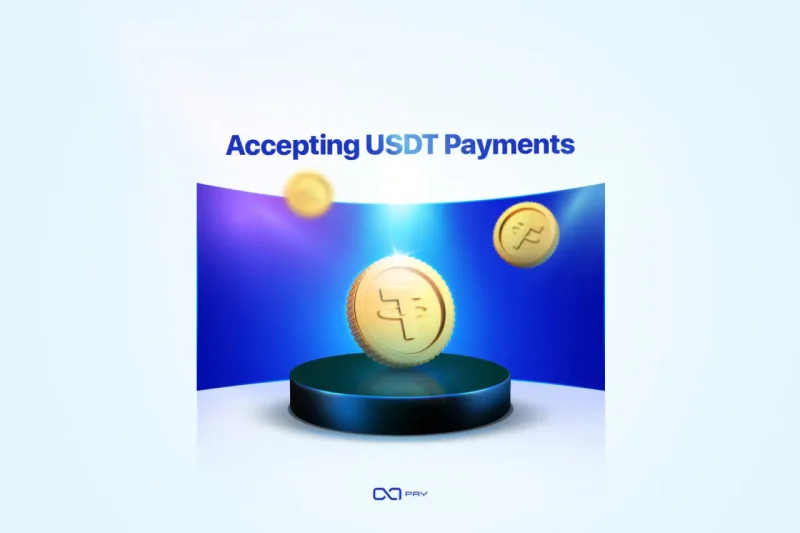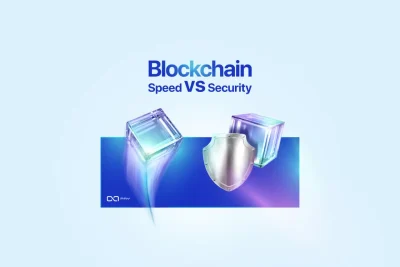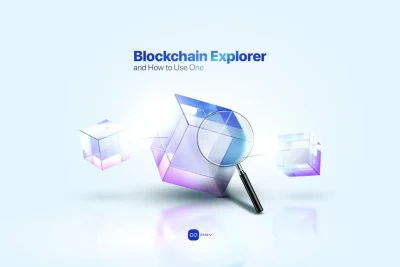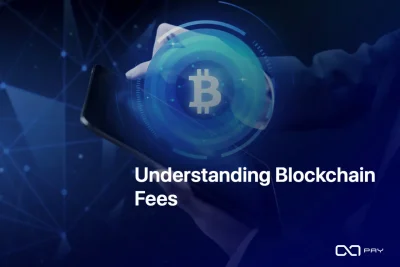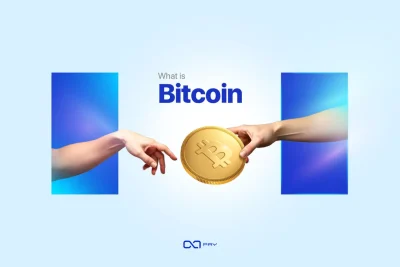Stablecoins have transformed digital transactions by offering stability and efficiency. Among them, Tether (USDT) is widely used, combining fiat stability with blockchain speed. Businesses and individuals rely on accepting USDT payments for secure, fast, and cost-effective transactions. Since USDT operates on multiple blockchains, selecting the best blockchain for USDT payments is key to minimizing costs and maximizing efficiency. This article compares these networks to help you choose the most suitable option.
What is Tether (USDT)?
Tether (USDT) is a stablecoin pegged to the value of the US dollar. Created to provide the stability of fiat currencies, USDT leverages blockchain technology for faster and more efficient transactions. Each USDT token is backed by reserve assets, ensuring a 1:1 ratio with the US dollar.
Key Benefits of USDT
- Price Stability: Protects users from cryptocurrency volatility.
- Transaction Efficiency: Facilitates near-instant cross-border payments.
- Wide Acceptance: Supported by numerous platforms and wallets worldwide.
USDT has become a cornerstone of digital payments, offering a reliable and efficient medium for global transactions. Its compatibility with various blockchain networks enhances its versatility and accessibility.
The Position of Tether in Different Blockchains
To cater to diverse user needs, Tether has been issued on multiple blockchain networks. Each network provides unique capabilities in terms of speed, cost, and scalability, allowing users to choose the one that aligns with their priorities.
Supported Blockchain Networks
USDT is available on the following networks:
- ERC-20 (Ethereum): The first and most widely adopted network for Tether.
- TRC-20 (Tron): Known for low transaction fees and high speed.
- BEP-20 (Binance Smart Chain): Offers cost-efficient transactions with integration into Binance’s ecosystem.
- Polygon (Matic): Designed for low-cost and high-speed transactions.
- Avalanche: A fast-growing network with scalability.
- Solana: Provides high-speed transactions with minimal fees.
- Arbitrum: Built for scalability and seamless integration with Ethereum.
- TON (The Open Network): A promising new network with competitive features.
- Others: Includes Algorand, Fantom, Near Protocol, Heco, Kusama, Liquid Network, and Bitcoin Omni Layer.
Comparative Analysis
The following table summarizes the key characteristics of these networks. By analyzing these factors, businesses and individuals can determine the best blockchain for USDT payments, ensuring they select a network that meets their specific requirements:
| Blockchain | Transaction Cost | Speed | Scalability | Ecosystem Support |
| ERC-20 | High | Medium | Medium | High |
| TRC-20 | Low | High | High | Medium |
| BEP-20 | Low | High | High | Medium |
| Polygon | Very Low | Very High | Very High | Medium |
| Avalanche | Medium | High | High | Medium |
| Solana | Low | Very High | High | Medium |
| Arbitrum | Medium | High | High | High |
| TON | Low | Very High | Medium | Medium |
| Algorand | Low | High | High | Medium |
| Fantom | Low | High | High | Medium |
| Near Protocol | Low | High | High | Medium |
| Heco | Low | High | High | Medium |
| Kusama | Medium | Medium | Medium | Low |
| Liquid Network | High | Medium | Low | Low |
| Bitcoin Omni Layer | High | Low | Low | Low |
Why Has Tether Been Issued on Multiple Networks?
The deployment of Tether across multiple blockchains addresses several objectives:
- Cost Efficiency: Minimizes transaction fees on networks like Tron and Binance Smart Chain.
- Faster Transactions: Networks like Solana and Avalanche offer near-instant processing.
- Scalability: Ensures the ability to handle a growing number of transactions.
- Flexibility: Users can choose networks based on their specific needs.
- Broader Adoption: Expands the reach of Tether across diverse blockchain ecosystems.
Benefits and Challenges
While multi-network deployment enhances Tether’s flexibility and accessibility, it also introduces complexities such as network compatibility issues and liquidity fragmentation. However, this variety allows users to select the best blockchain for USDT transactions based on their needs, balancing factors like cost, speed, and reliability.
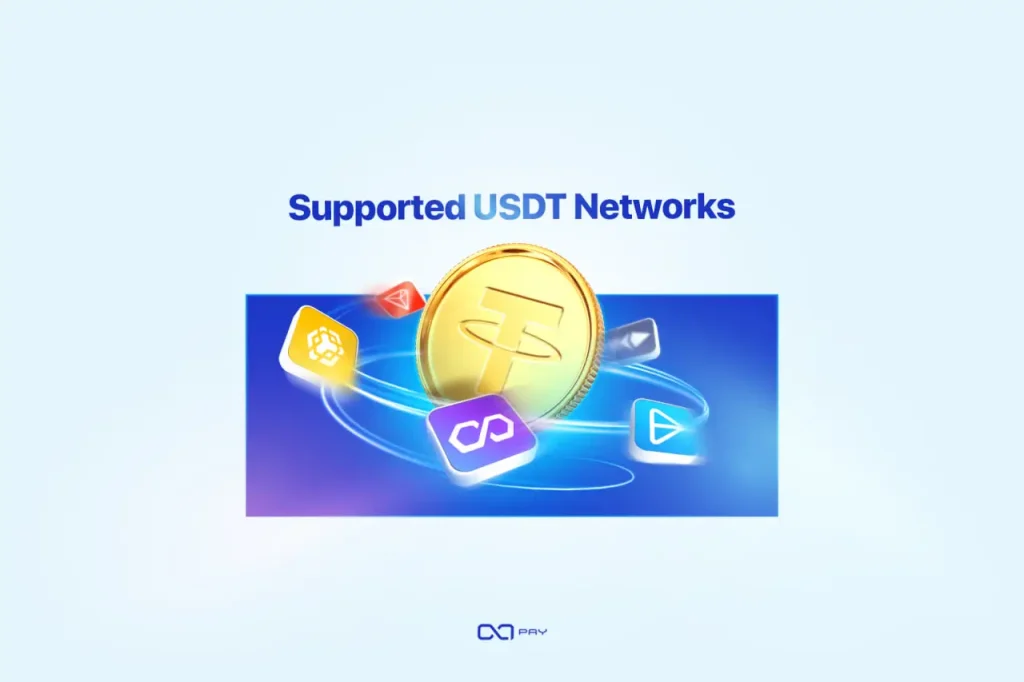
OxaPay and Supported USDT Networks
OxaPay is a leading cryptocurrency payment gateway that simplifies digital payments for businesses and individuals. With features like multi-currency support, advanced security, and a user-friendly interface, OxaPay ensures seamless and efficient cryptocurrency transactions.
Supported USDT Networks
OxaPay supports the following USDT networks:
- ERC-20 (Ethereum)
- TRC-20 (Tron)
- BEP-20 (Binance Smart Chain)
- Polygon (Matic)
- TON (The Open Network)
By supporting these networks, OxaPay provides businesses with the flexibility to choose the most suitable option for their payment needs.
Comparison of Networks for USDT Payments
Choosing the right blockchain network for USDT payments is crucial for optimizing cost, speed, scalability, and overall user experience. Each network supported by OxaPay has its unique strengths and weaknesses, catering to different user priorities and business needs. Below is a comprehensive analysis of these networks, categorized into general blockchain features, payment-specific factors, and a detailed evaluation of each network’s advantages and limitations.
General Blockchain Features
1. Scalability
Scalability refers to a blockchain’s ability to handle a growing number of transactions efficiently without performance degradation.
- ERC-20 (Ethereum): As one of the oldest and most established blockchains, Ethereum struggles with scalability. High transaction volumes can lead to congestion, slowing down transaction processing.
- TRC-20 (Tron): Tron is designed to handle large transaction volumes, offering excellent scalability without delays, making it a preferred choice for frequent payments.
- BEP-20 (Binance Smart Chain): BSC is highly scalable, capable of managing high transaction loads while maintaining low fees and fast speeds.
- Polygon (Matic): Polygon excels in scalability, supporting thousands of transactions per second, making it ideal for high-volume enterprises.
- TON (The Open Network): While moderately scalable, TON effectively supports standard transaction volumes and offers room for future optimization.
2. Decentralization
Decentralization ensures a blockchain is not controlled by a single entity, promoting trust and security.
- ERC-20: Ethereum is one of the most decentralized networks, ensuring high security and trust among its users.
- TRC-20: Tron is less decentralized, relying on a limited number of validators, which can be a concern for users seeking maximum decentralization.
- BEP-20: BSC is relatively centralized, managed by a smaller number of validators, making it efficient but less decentralized than Ethereum.
- Polygon: Benefiting from Ethereum’s infrastructure, Polygon offers a balance between decentralization and performance.
- TON: As an emerging blockchain, TON is improving its decentralization as the network matures.
3. Security
Security is paramount for any payment network, ensuring the safety of funds and transactions.
- ERC-20: Ethereum provides top-tier security due to its decentralized nature and active developer community.
- TRC-20: Tron offers reliable security for transactions, though its centralized structure could pose risks in certain scenarios.
- BEP-20: BSC is secure but faces criticism for its centralized validator setup, which might make it vulnerable to targeted attacks.
- Polygon: Highly secure and resilient, Polygon leverages Ethereum’s security mechanisms to ensure safety.
- TON: While secure for standard transactions, TON is still evolving its security framework, which will strengthen over time.
4. Ecosystem Compatibility
Ecosystem compatibility refers to the ease of integrating a blockchain with wallets, exchanges, and applications.
- ERC-20: Universally supported, Ethereum remains the top choice for developers and users due to its extensive ecosystem.
- TRC-20: Tron has growing support among wallets and exchanges, making it increasingly accessible for users.
- BEP-20: Deeply integrated with Binance’s ecosystem, BSC provides seamless compatibility with its tools and applications.
- Polygon: Rapidly expanding, Polygon is gaining support from major wallets, dApps, and exchanges.
- TON: As a newer network, TON’s ecosystem is still developing, with growing support from wallets and platforms.
Payment-Specific Factors
1. Transaction Costs
Transaction costs significantly impact the usability of a network, especially for frequent or small payments:
- ERC-20: Ethereum’s fees can exceed $10 per transaction during peak usage, making it unsuitable for low-value payments.
- TRC-20: Tron’s fees are generally 1 USDT per transaction, though users can reduce costs by utilizing energy or bandwidth within the Tron ecosystem, making it a flexible option for cost-sensitive users.
- BEP-20: Binance Smart Chain offers some of the lowest fees, often less than $0.30 per transaction, providing a highly economical option for frequent payments.
- Polygon: Polygon provides negligible fees, even for high transaction volumes, making it perfect for microtransactions and cost-sensitive businesses.
- TON: TON’s fees remain competitive, balancing affordability and functionality, typically costing less than $1 per transaction.
2. Transaction Speed
The speed of transactions directly affects the usability of a network for real-time payments.
- ERC-20: Transactions on Ethereum can take several minutes during congestion, which can be inconvenient for time-sensitive payments.
- TRC-20: Near-instant confirmations make Tron one of the fastest networks for USDT payments.
- BEP-20: BSC leverages Binance’s optimized infrastructure to deliver fast transaction speeds.
- Polygon: Known for its exceptional speed, Polygon can handle thousands of transactions per second.
- TON: TON is optimized for real-time payments, providing instantaneous transaction confirmations.
3. Network Stability
Network stability ensures consistent performance, even during peak usage periods.
- ERC-20: Ethereum’s stability is compromised during high traffic, leading to delays and increased fees.
- TRC-20: Tron maintains high stability, efficiently handling large transaction volumes.
- BEP-20: BSC offers reliable performance, even under heavy loads.
- Polygon: Polygon’s infrastructure ensures smooth operations, regardless of transaction volume.
- TON: Stable for general use, though it may face challenges under extreme demand.
4. Business Usability
For businesses, factors like ease of integration and operational efficiency are crucial.
- ERC-20: Best for businesses requiring compatibility with a broad range of wallets and dApps.
- TRC-20: Ideal for cost-conscious businesses handling frequent transactions.
- BEP-20: A great option for businesses already integrated with Binance’s ecosystem.
- Polygon: Perfect for enterprises requiring high transaction volumes at minimal costs.
- TON: Suitable for innovative businesses seeking real-time payment solutions.
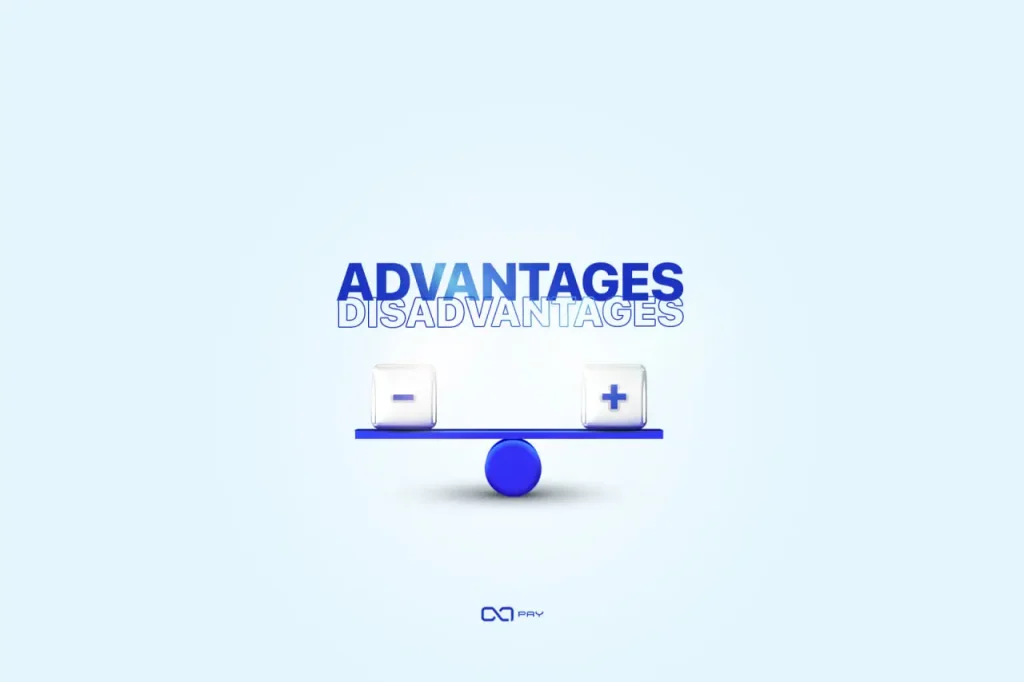
Advantages and Disadvantages
- ERC-20: Offers unmatched ecosystem support and robust security but struggles with high transaction costs and limited scalability, especially during network congestion.
- TRC-20: Excels in affordability and speed; however, transaction fees have increased recently to around 1 USDT per transaction. Additionally, the network has faced concerns regarding governance transparency and occasional centralization debates.
- BEP-20: Combines low costs and high speed, but its relatively centralized structure raises questions about the network’s resilience against potential attacks.
- Polygon: Provides excellent scalability, speed, and cost-efficiency, but ecosystem support is still growing, meaning it may not yet be as widely integrated as Ethereum.
- TON: Balances speed and affordability with an emerging ecosystem, but as a newer network, it still lacks the extensive wallet and exchange support offered by more established blockchains.
Comprehensive Analysis
Each network supported by OxaPay caters to specific user needs. For businesses focused on minimizing costs, TRC-20 and BEP-20 are the most economical choices. Polygon stands out for its scalability and speed, making it ideal for enterprises requiring high transaction throughput. ERC-20 remains a leader in ecosystem compatibility and security, making it suitable for high-value transactions and developers. TON, as a newer network, balances affordability and speed, with the potential to grow into a highly competitive option.
OxaPay simplifies this decision-making process by supporting all these networks, ensuring that businesses and individuals can select the most appropriate blockchain for their USDT payments needs.
Conclusion
Choosing the best blockchain for USDT payments depends on your priorities. For low fees, Tron (TRC-20) and Binance Smart Chain (BEP-20) are ideal. Ethereum (ERC-20) offers strong security and ecosystem support, while Polygon and TON provide a balance of speed and cost-efficiency. OxaPay simplifies USDT payments by supporting multiple networks, giving businesses and individuals the flexibility to optimize their transactions easily.
